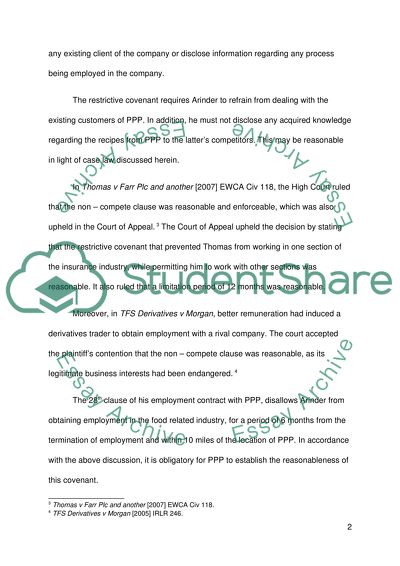Cite this document
(“Employment Law Problem Question Coursework Example | Topics and Well Written Essays - 3250 words”, n.d.)
Retrieved de https://studentshare.org/law/1392364-employment-law-problem-question
Retrieved de https://studentshare.org/law/1392364-employment-law-problem-question
(Employment Law Problem Question Coursework Example | Topics and Well Written Essays - 3250 Words)
https://studentshare.org/law/1392364-employment-law-problem-question.
https://studentshare.org/law/1392364-employment-law-problem-question.
“Employment Law Problem Question Coursework Example | Topics and Well Written Essays - 3250 Words”, n.d. https://studentshare.org/law/1392364-employment-law-problem-question.


